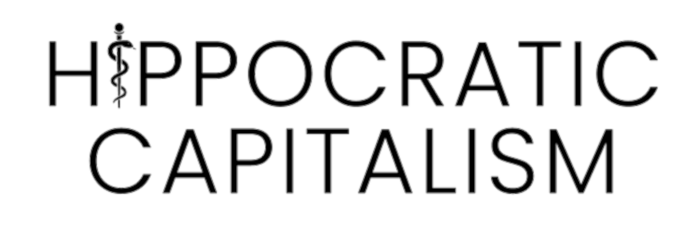A Strategy Lesson from the Restaurant Industry

I met an old friend for lunch last week at a trendy restaurant near my Salt Lake City home. It’s one of those places that happens to be popular with the “beautiful people;” my children who work there bring home reports of local, and occasionally global, celebrity sightings. Not that those factors are a draw for me. Because really, restaurants are all about the food. Or are they?
Stepping back a moment, what is the purpose of a restaurant in the modern world? Obviously it has something to do with food. But I’m convinced that the food, even if it’s great food, especially if it’s great food, is usually a means to an end, not the end in itself. Restaurants, at least the sit-down kind, exist primarily to meet a social need, not a caloric one or a gustatory one. I didn’t go to Beaumont Bakery & Cafe last week because their tuna salad on brioche is far better than what I can make at home. I went because I thought that being served great sandwiches on a pleasant outdoor patio would enhance the experience of reconnecting with my friend.
Any business needs a clear understanding of its purpose, as seen through the eyes of its customers. Otherwise it will optimize for the wrong factors.
New York Times restaurant critic Pete Wells published a recent essay entitled “I reviewed restaurants for 12 years. They’ve changed, and not for the better.” He explained how restaurants, in an effort to make the dining experience more efficient, are missing the purpose for which diners are there in the first place. He starts with the example of Blackbird, an app that lets you pay the bill and tip on your phone at the same time that you place your order. That way, when you’re finished eating, you can simply walk out. Convenient, right? No more waiting for the server to come by and take your credit card, then wait again for them to come back with the paper to sign. But despite the obvious efficiency, Wells says that the app gives him “the creeps” because of how it reduces human interaction.
Wells’ essay made me think about restaurants in London, where you can wait even longer for your check than in the US — entirely by design. Unlike in the US, where servers typically bring you the bill as soon as they’ve cleared away your dishes, London servers don’t bring the check until you explicitly ask for it. They don’t want you to feel pressured to leave. (Until your time is up, that is; most restaurants there impose a two hour limit on tables.)
In other words, the dominant restaurant business model in London takes the form of renting time at a table, with the rent paid indirectly through food purchases. Restaurants still care about table turnover, which is why they impose time limits. But within those limits they remove the pressure for customers to leave as soon as the food is gone, lest it interfere with the social experience of dining. This business model works in part because the monthly cost of rent or mortgage is relatively modest (5-10% of revenue) compared to the retention benefits of a loyal customer. In other words, as a restaurant owner, you optimise your overall success not by pushing customers out the door, but rather by making them want to come back in the door.
I think there’s an important lessons here for healthcare.
Healthcare, like restaurant dining, is a fundamentally human experience. Unlike dining, you’re not there for enjoyment; you’re there because you have a problem that needs solving. But the success of that experience is still largely determined by human interactions. The most important of those interactions by far are the patient-doctor ones. So why do health systems keep pressuring doctors to see more patients per hour? Because they’re pursuing the wrong purpose. They’re measuring success by the number of CPT codes billed per doctor per day, rather than the number of patients whose problems they’ve successfully addressed. The secondary effect of this misaligned strategy — a strategy that is (financially) positive for hospitals, but negative for patients — is that when doctors are too rushed to fully address a patient’s needs, it leads to more specialty referrals and more emergency visits.
“[Dr. Lown’s] motto was that we should do as much as possible for the patient, and as little as possible to the patient.” – Dr. Vikas Saini, president of the Lown Institute, from my recent interview with him on the LabMind podcast
Hospitals and clinics would do well to learn from London restaurant strategy as they design patient care processes: Start by allocating as much time as necessary within medical visits to fully address each patient’s needs. And then look for efficiency in other parts of the system. Such as the roughly one third of healthcare expenditures that go to administration (including “revenue cycle management”, marketing, and executive salaries) rather than clinical care. No market-based healthcare system can be sustainable unless its strategy is build around patient needs. Not CPT codes, not revenue, not reputation, not technology. It has to be about the patient.
